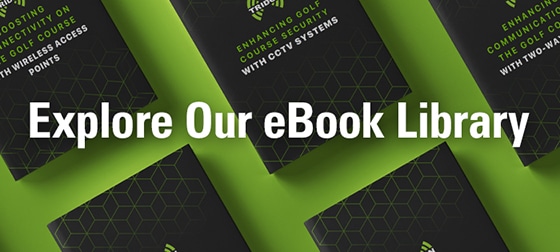
In today’s interconnected world, effective communication is pivotal, and two-way radios play a significant role in facilitating this. In Canada, especially in provinces like Alberta and BC, operating these devices is regulated by a specific licensing framework established by Innovation, Science and Economic Development Canada (ISED).
Explore what an ISED license is, the process of obtaining one, and its importance for two-way radio usage.
What is an ISED Canada License?
The Foundation of Radio Frequency Regulation
An ISED radio license serves as the cornerstone of radio frequency regulation in Canada. It’s not merely a permit but a testament to the holder’s adherence to national and international standards in radio communication. This license is a crucial tool in managing the radio spectrum, a finite and invaluable resource that requires judicious allocation and monitoring.
ISED's Role in Spectrum Management
The License as a Compliance Mechanism
Holding an ISED license isn’t just about getting permission to operate on certain frequencies; it’s about compliance with a set of standards designed to ensure the integrity and efficiency of radio communications across Canada. License holders are obliged to follow strict guidelines regarding the operation of their radio equipment, which includes technical specifications, operating procedures, and frequency limitations. This compliance ensures a harmonized and interference-free radio environment, which is essential for the smooth operation of various services that rely on radio communications.
Educational and Awareness Aspect
How to Obtain an ISED License
Obtaining an ISED license involves several steps, tailored to ensure that applicants are prepared and qualified to use the radio spectrum responsibly.
- Determine Eligibility: Verify if your usage and equipment require a license. Not all two-way radio operations need one, as some fall under exempt categories, such as FRS radios.
- Complete Application: Fill out the application form available on the ISED website. This form requires detailed information about the intended use of the radio frequencies.
- Submit Technical Details: Provide specific details about the radio equipment and frequencies you intend to use. This is crucial for avoiding interference with other users.
- Pay the Fee: Submit the required licensing fee, which varies based on the type of license and frequency band.
- Wait for Approval: Once submitted, ISED will review the application for compliance with regulations and technical standards.
Tips for a Smooth Application Process
For a seamless and efficient experience in obtaining an ISED license, adhering to these essential tips can significantly simplify and expedite the application process.
- Be Detailed: Provide accurate and comprehensive information in your application.
- Understand the Regulations: Familiarize yourself with ISED’s guidelines and ensure your equipment complies.
- Seek Expertise: Consider consulting with a radio communication professional to assist in the application process.
Contact Tridon Communications Today
An ISED license is more than just a regulatory requirement; it is the cornerstone for efficient, safe, and legal operation of two-way radios in Canada. Understanding its importance, the process of obtaining it, and adhering to its guidelines, is crucial for anyone looking to leverage the power of radio communication. By obtaining this license, users ensure that they contribute to a well-organized and interference-free radio communication environment, which is indispensable in our modern, connected world.
For more information, contact one of our experts at Tridon Communications today.



